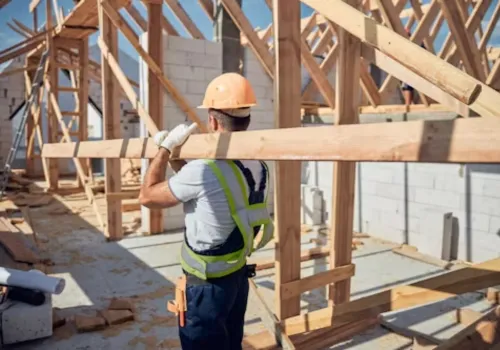
CHICAGO, Ill. – Illinois must construct 227,000 new housing units over the next five years to meet demand and address an increasingly severe affordability crisis, according to a new study from the Illinois Economic Policy Institute (ILEPI) and the Project for Middle Class Renewal (PMCR) at the University of Illinois at Urbana-Champaign.
The report, titled You Can’t Buy What You Can’t Afford: Illinois’ Housing Shortage and Ways to Fix It, finds that the state currently faces a housing shortage of roughly 142,000 units. Researchers cite rapid employment growth, increased household formation, and persistent supply constraints as major contributing factors.

“Regardless of where in Illinois you live, it costs dramatically more to own or rent a home today than it did five or ten years ago,” said Dr. Robert Bruno, director of PMCR and coauthor of the study.
While Illinois remains more affordable than many coastal states, the report shows a growing gap between housing availability and demand. Since 2019, home values have jumped 37% statewide, driven by higher insurance premiums, property taxes, mortgage rates, and competition from institutional investors.
Between 2010 and 2024, the state’s workforce grew by 9%, and household formation rose by 4% over just the last five years. But the housing market hasn’t kept pace: active listings of new homes dropped by 64%, vacancy rates hit historic lows, and construction permits for new homes fell by 13% compared to five-year averages.
Researchers estimate Illinois needs 95,000 housing units to restore healthy vacancy rates, 47,000 to accommodate "missing households" of working-age adults currently out of the market, and 85,000 more for projected household growth.
“With home values skyrocketing, supply already at a deficit, and demand for housing remaining strong, the data argues in favor of considering policy interventions,” said Frank Manzo IV, ILEPI economist and study coauthor
To address the shortfall, the report outlines several policy recommendations aimed at boosting housing supply and affordability. These include easing local zoning restrictions to support multifamily development, reducing parking mandates, streamlining the permitting process, and providing tax incentives for infill development and affordable housing projects.
The study also calls for regulatory reforms to give individual homebuyers a fairer chance against institutional investors, including potential surcharges on short-term rentals and measures to limit bulk investor purchases in certain markets.
Although macroeconomic factors like interest rates lie outside state control, the report argues that Illinois policymakers can still act decisively to improve access and affordability through targeted housing policy.
If the state fails to meet the 227,000-unit goal, researchers warn that continued underbuilding could lead to deeper affordability gaps, economic displacement, and stagnation in workforce growth across multiple sectors.
The report's authors stress that bold housing policy reform—combined with coordinated action from state and local governments—is essential to restore balance to Illinois' strained housing market.
Originally reported by Chicago Construction News.